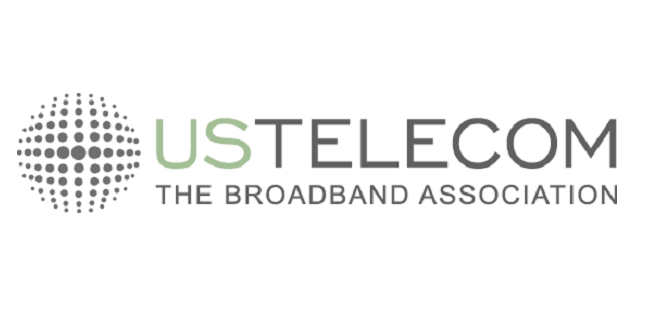USTelecom-The Broadband Association President/CEO Jonathan Spalter is calling out some companies for double-dipping for broadband subsidies. In a blog titled “Pole Attachments: A Cost of Doing Business, or So I Thought,” he says the $65 billion for broadband deployment in the new Infrastructure Law builds on the $80 billion in annual private broadband industry investment, and “billions” more from existing federal programs, such as the FCC’s Rural Digital Opportunity Fund (RDOF).
Since the Infrastructure law was passed, some entities have been aggressively pushing Congress, NTIA, and states to allow new federal funds to subsidize the same areas they have already committed to serve through programs like the RDOF, according to Spalter. “Regulatory arbitrage, double dipping? Call it what you will, but this is a terrible idea,” he writes. The $65 billion is meant to connect unserved homes and businesses, not to double pay companies that have already signed up to provide service via a separate pot of federal money.
Some winners of the RDOF reverse auction, won “by significantly underbidding the competition, elbowing out competitors in rural markets across the country,” Spalter asserts.
He says now some entities are now actively lobbying Congress, the Department of Commerce and states to use federal Infrastructure Law money to pay for their RDOF deployment costs. Specifically, they want to use the funds destined for unserved homes to pay for one of their major deployment costs – access to pole attachments, according to the USTelecom executive. “Thus, some RDOF winners are asking the government to pay for the pole attachment costs that they either didn’t factor into their bids, or to double recover those costs to the extent they were included,” he asserts. He calls double-dipping wrong.
Spalter also says the cable industry is looking to reduce its costs, and pushing the FCC to change its rules that govern payment for new poles and pole replacements. The current rules are clear, the cost causer (that is, the entity that modifies or attaches to the pole) pays for the upgrade, modification…or the replacement of a pole if need be, according to Spalter. “Cable wants the pole owners to absorb some or all of the costs of a new pole, even when the pole owner otherwise had no intention of putting a new one in the ground. Cable calls it reducing a barrier to investment,” he writes.
Calling a new pole a fixed cost, Spalter says. “Making the pole owner pay for a pole replacement caused by a competitor’s attachment is not removing a barrier or reducing costs; it is just shifting costs from one company to another. Another potential issue – forcing pole owners to pay for new poles needed to accommodate a competitor’s attachments could lead to increased pole attachment rates for all attachers,” he explains.
USTelecom agrees with the cable industry, and others, that all companies should provide reasonable and timely access to poles, including to their competitors, when broadband deployment depends on pole access, Spalter stresses. “And that must include poles owned by electric cooperatives and municipalities, particularly as they increasingly compete in the broadband business. Congress should update the statute governing pole attachments so that all pole owners must provide reasonable and non-discriminatory access. Where states have the authority, they should do the same.”
By Leslie Stimson, Inside Towers Washington Bureau Chief





Reader Interactions